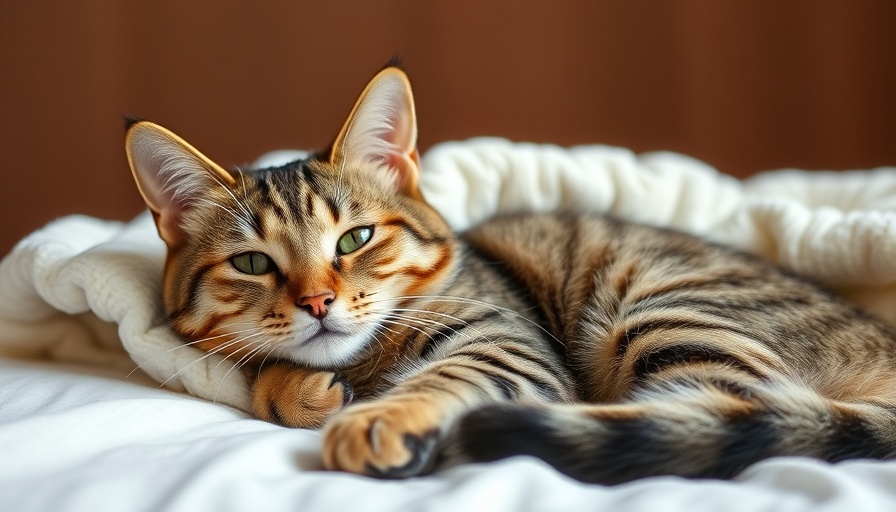
Transform Your Home into a Dog Spa with Grooming Essentials
As pet owners, we often seek ways to pamper our furry companions, making them feel loved, valued, and most importantly, cared for. A home spa day for your dog can boost their mood and health while strengthening the bond you share. With the right grooming essentials, turning your home into a soothing retreat for your pooch is simpler than you might think!
The Must-Have Tools for a DIY Spa Day
When planning a spa day at home, having the right tools is essential. Here are some must-have grooming essentials to elevate your dog’s pampering experience:
- Self-Cleaning Brush: A quality brush not only helps detangle your dog's fur but also reduces shedding. Regular brushing stimulates blood circulation and removes dirt, making bathing much easier.
- Nourishing Shampoo: Choose a dog shampoo that cleanses without stripping the natural oils from your pet’s skin. Ingredients like oatmeal and aloe are perfect choices for maintaining healthy skin and a shiny coat.
- Durable Nail Clippers: Keeping your dog’s nails trimmed is crucial for their comfort and health. Quality nail clippers designed for pets make this process smoother and less daunting for both of you.
- Paw Care Balm: Protect and moisturize your furry friend's paws with a nourishing balm, especially during harsh weather conditions. This ensures their paws remain soft and injury-free.
Creating a Calming Environment
Setting up a peaceful spa atmosphere plays a significant role in your dog’s experience. Dim your lights, play relaxing music, and even consider using calming scents (like lavender) to ease both you and your pet into a relaxing mood. Remember, your energy and emotions can greatly influence your dog's behavior!
Steps to a Perfect Spa Day
To ensure your dog’s spa day is a success, follow these simple steps:
- Start with Exercise: Engage in your dog's favorite physical activity before grooming to expend excess energy. This will help them relax during your pampering session.
- Massage Therapy: Incorporate gentle massages into your routine. This not only relaxes your pet but also deepens your bond.
- Warm Bath Time: Bathing your dog should be a gentle and gradual process. Use warm, not hot, water, and choose a calm shampoo to make it feel like a treat.
- Drying and Grooming: Post-bath, carefully towel dry your pup, then brush their fur, ensuring to remove any knots or tangles.
Pawdicure and Dental Care
Paw care is crucial; check your dog’s paws for dirt and debris, and trim their nails carefully to avoid cutting too close to the quick. Additionally, don’t overlook dental hygiene—regular brushing can prevent plaque and bad breath, ensuring your pup stays healthy and happy.
Ending with Treats
After a fulfilling spa routine, reward your furry friend with homemade treats. Simple recipes, like peanut butter and banana biscuits, not only make for a delightful snack but also create positive associations with grooming.
Why Grooming is Essential
Regular grooming isn’t just about keeping your dog looking good; it’s about fostering their physical well-being and emotional health. It provides opportunities for interaction and allows you to check for any anomalies or health issues while strengthening your bond.
Final Thoughts: A Spa Day is More than Just Pampering
Creating a home spa day is not simply distilling joy into a single afternoon; it’s about nurturing a loving relationship with your pet, according to their needs and personalities. By prioritizing these grooming essentials, you and your pet can enjoy an enriching experience that adds joy, comfort, and care to their lives.
So, what are you waiting for? Gather your grooming essentials today, and don't forget to spoil your beloved dog with a well-deserved spa day! They will cherish this dedicated time together.
 Add Row
Add Row  Add
Add 




Write A Comment